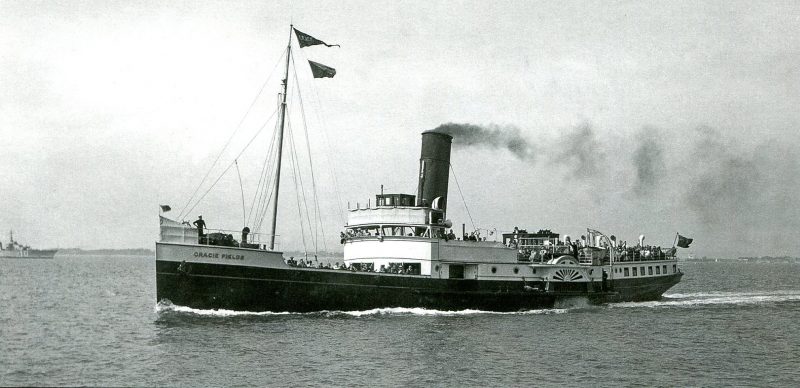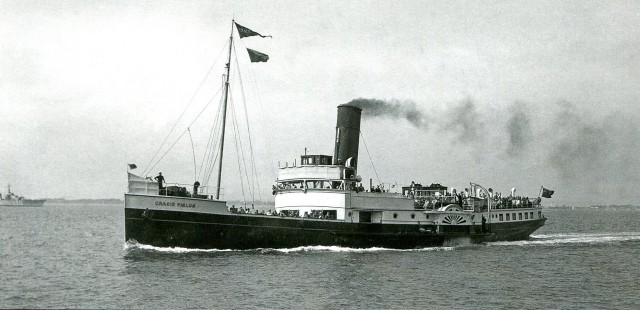The role of the people and crew from the Isle of Wight in the Operation Dynamo famously known as the Dunkirk evacuation is undoubtedly worth mentioning in the history books. The heroism and dedication displayed by the Isle of Wight crews has always been heralded.
May 30th marked the 75th anniversary of the famous Dunkirk evacuation in which over 1000 vessels took part to cross the channel and help evacuate hundreds of thousands of Allied troops stranded on Dunkirk Beach. Several Isle of Wight vessels, both commercial and private, took active part in the evacuation and did a tremendous job.
The first story of heroism displayed by the people of Isle of Wight came out in a broadcast by a former Isle of Wight writer J. B Priestly. Priestley’s broadcast was a tribute to a Paddle Steamer from Isle of Wight called ‘Gracie Fields’. Though Gracie Fields was not the only vessel, which contributed in the evacuation, it certainly stood out due to the efforts and heroism of its crew. Its demise sealed its place among the very first ‘martyrs’ – if there was such thing for war machinery – of the Second World War.
After the relatively swift ‘sweep’ of Nazis through Belgium and France, estimated 400,000-Allied troops were pushed towards the sea by advancing Nazi Army. Running low on ammunition and facing an imminentannihilation, the stranded soldiers anxiously waited for the rescue. There were conflicting opinions in London and Paris about the evacuation, due to the enormity of the mission. Eventually Royal Navy got a ‘go ahead’ by the government, and it sent out a call to public for any available ships, trawlers, steamers and any other small boats to donate for the cause. Public’s response was beyond any expectation, and Royal Navy was successful in pulling out the largest evacuation of the military history, the iwcp.co.uk reports.
The Broadcast went on air on June 5, 1940, highlighting the role of this amazing steamer and its crew’s bravery. The steamer’s crew worked tirelessly; despite the risk of being bombed Gracie Fields put the lives of the troops before its own safety.
The broadcast revealed that the steamer had managed to successfully rescue 280 troops on the first day of its operation. During the trips Gracie Fields came under enemy fire numerous times but escaped unscathed every time. The very next day, it went back to the beach to make another rescue attempt and took 750 troops. On its way back to the large battleship, it came under fire and sank. All the troops on board were rescued by another ship.

